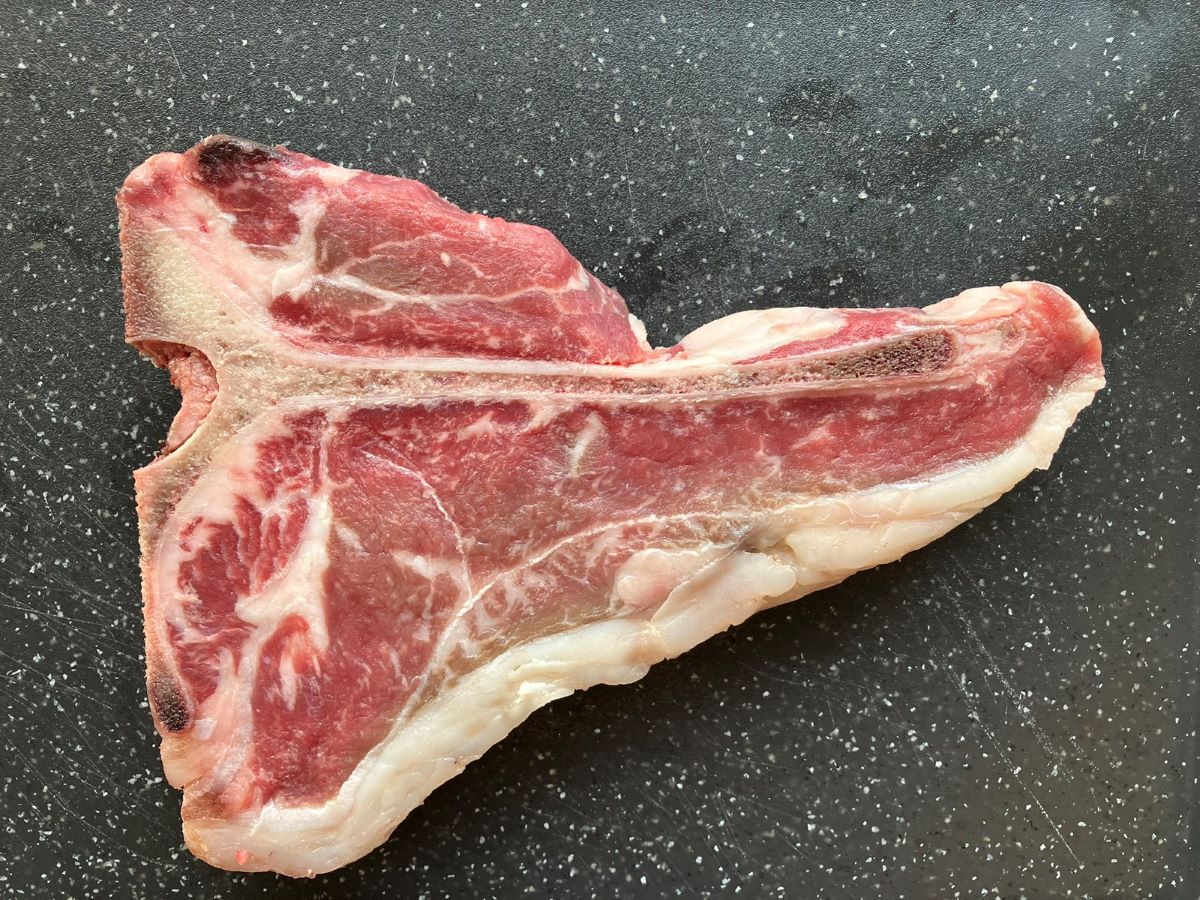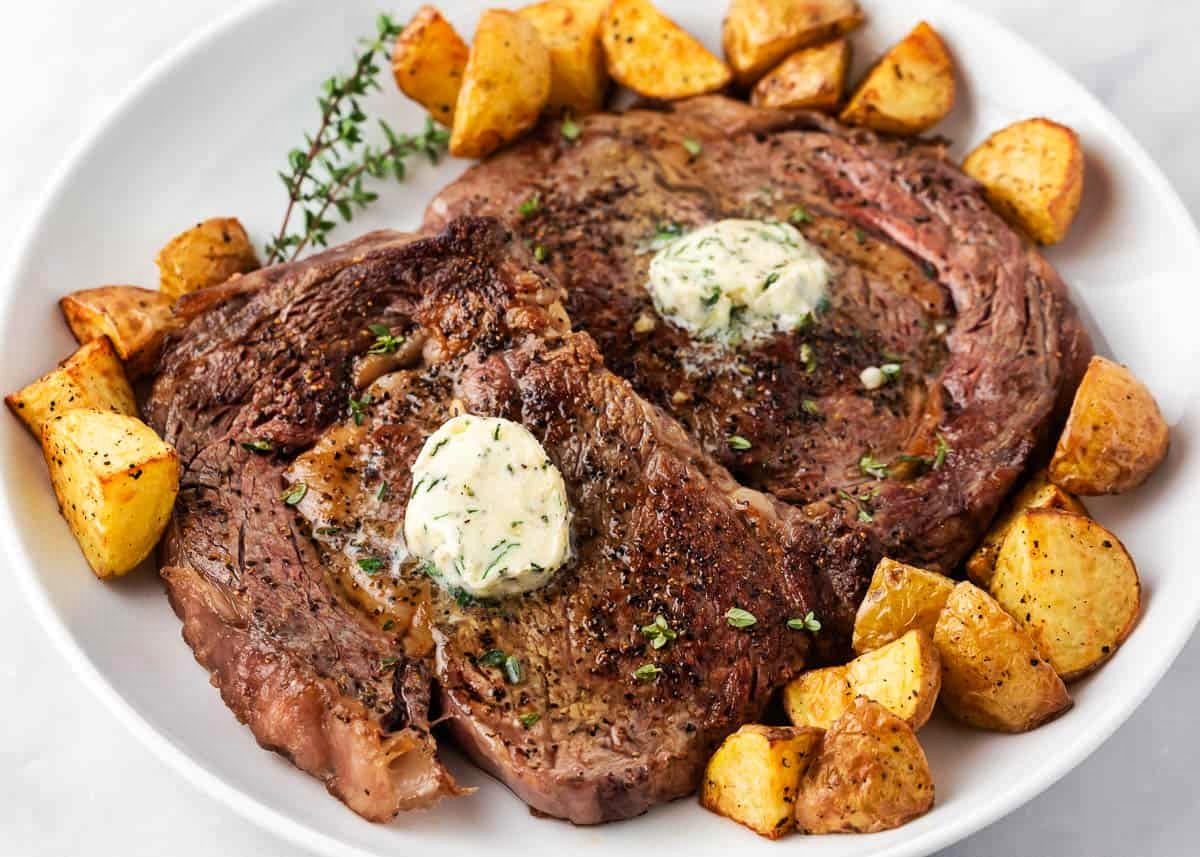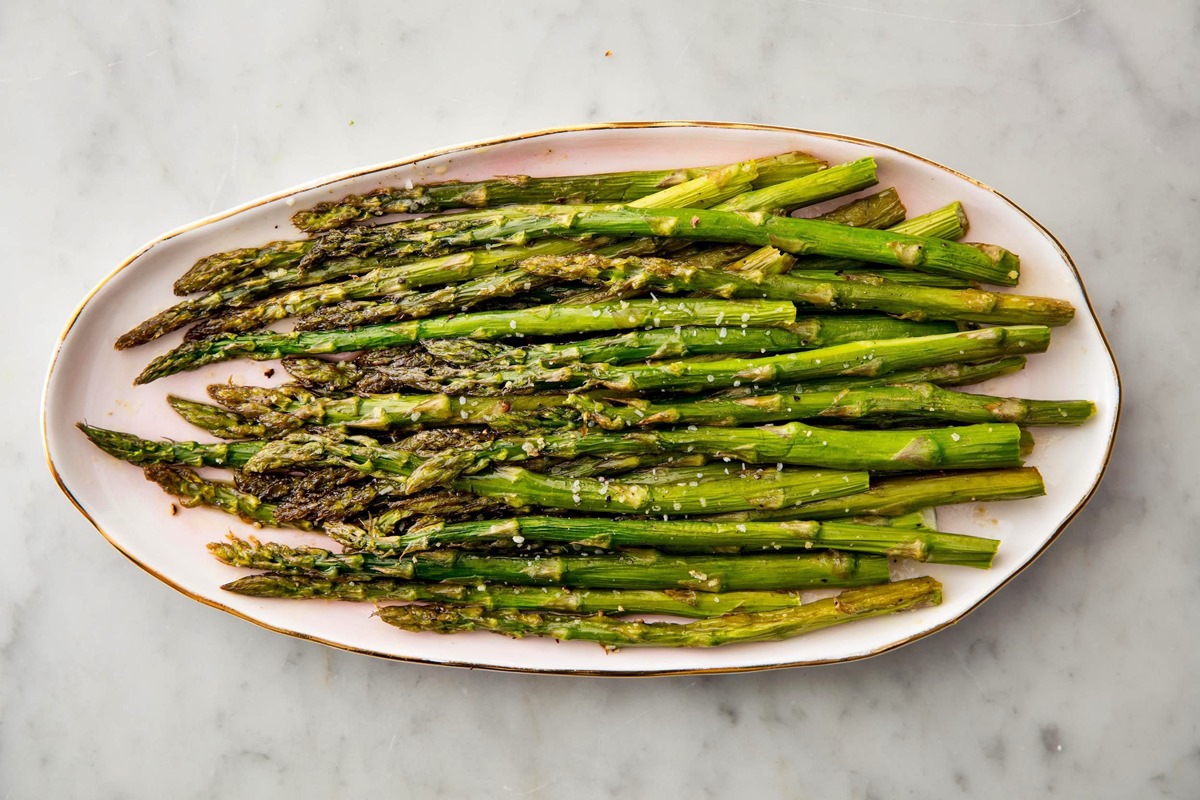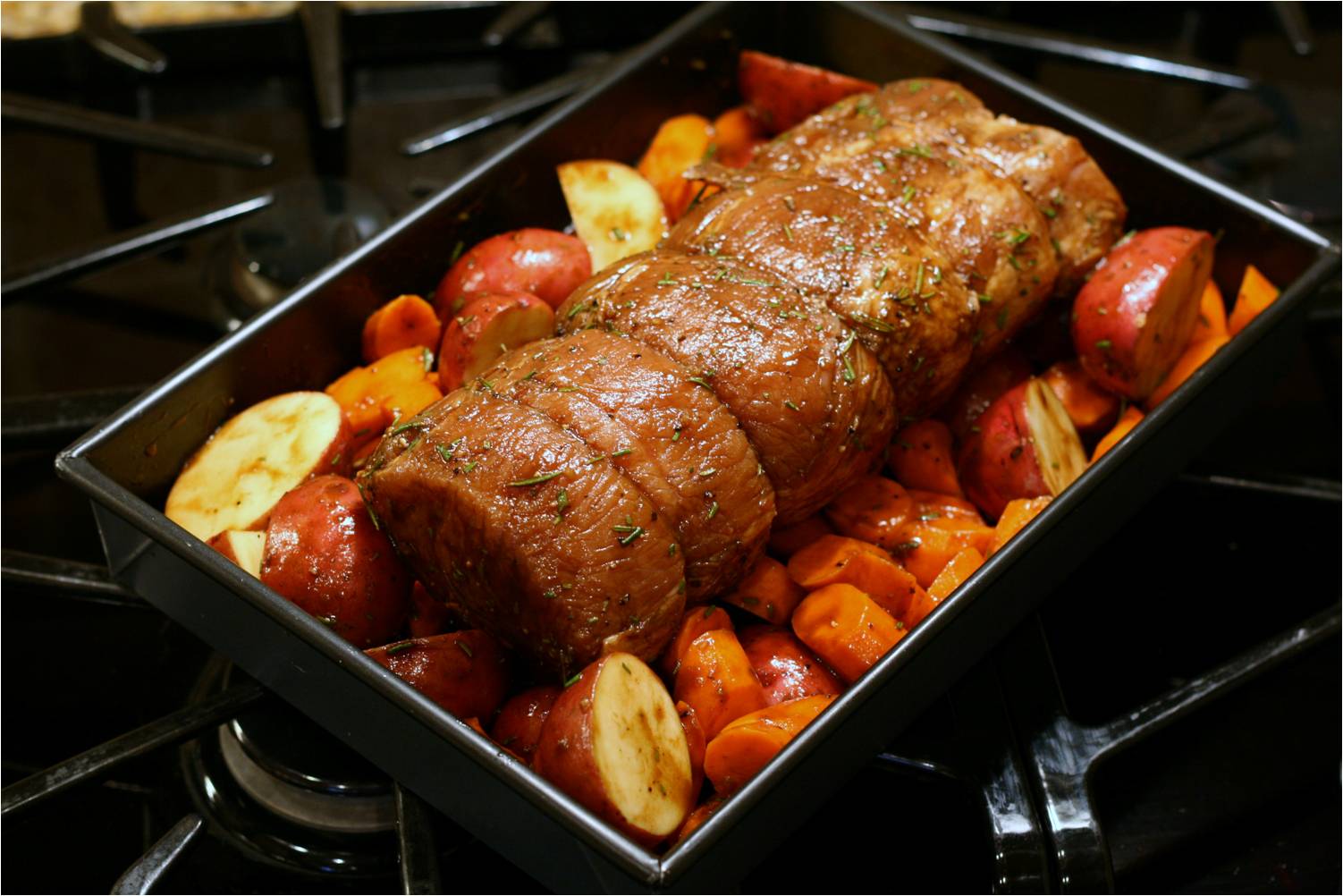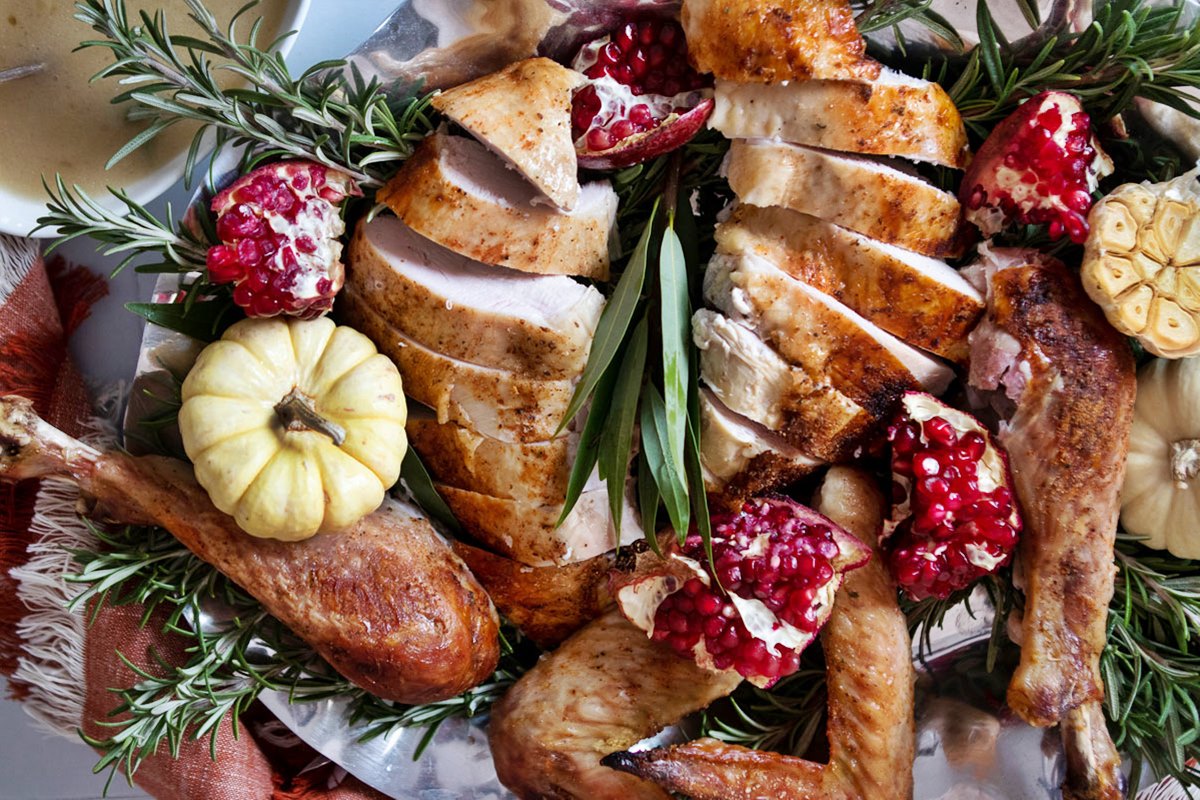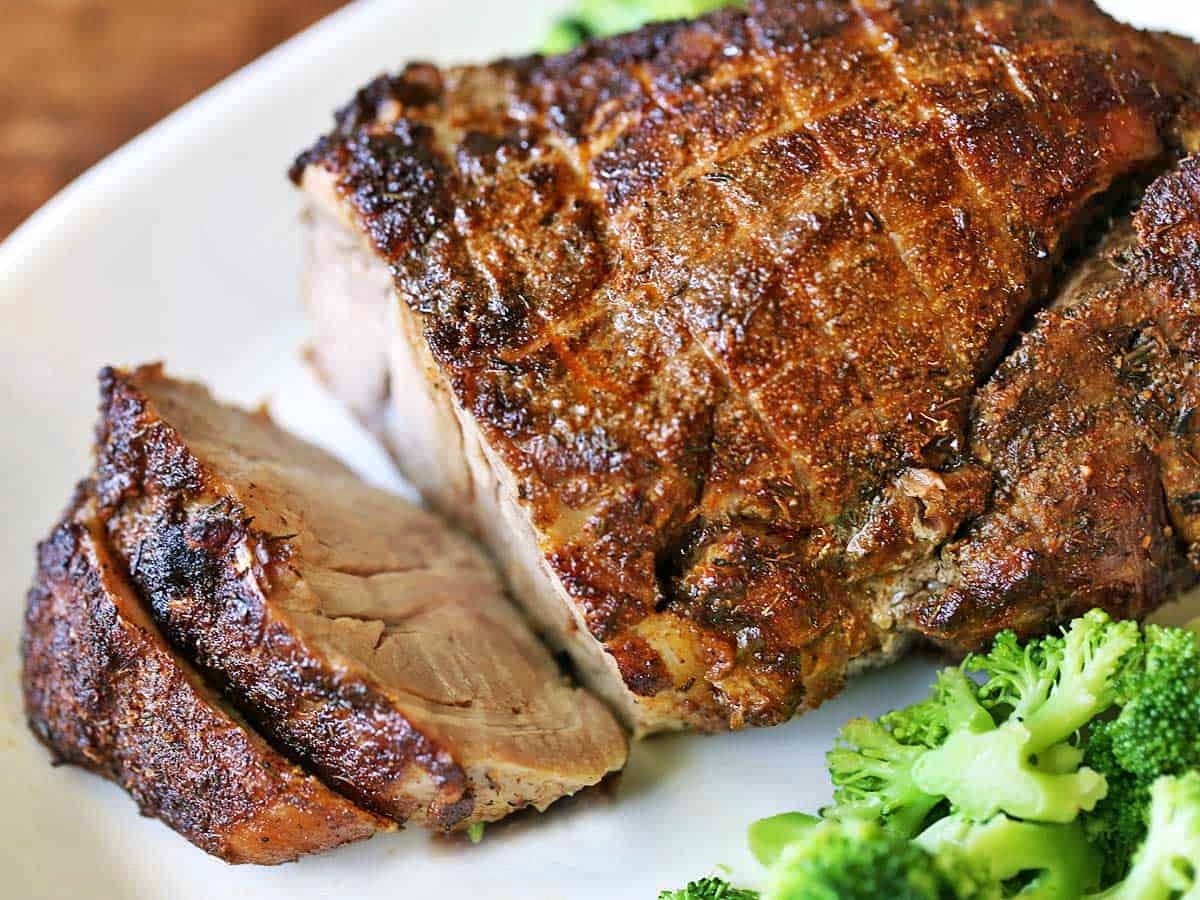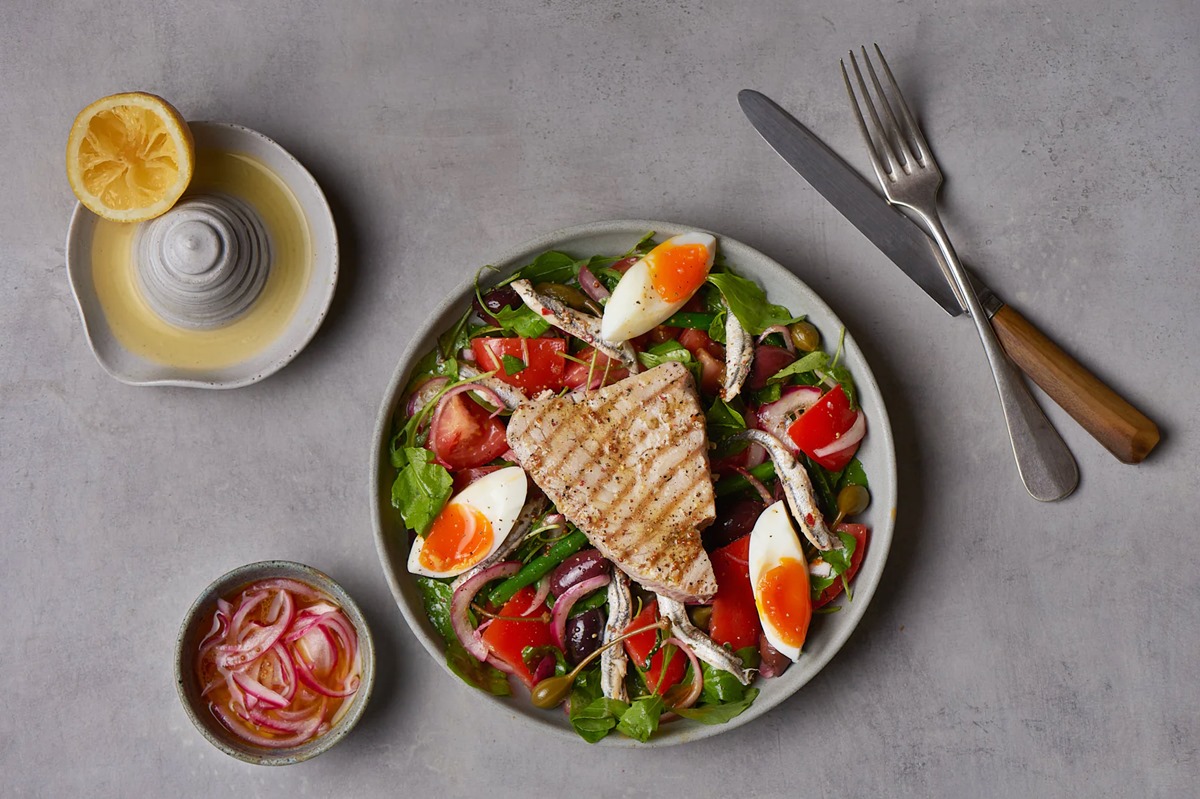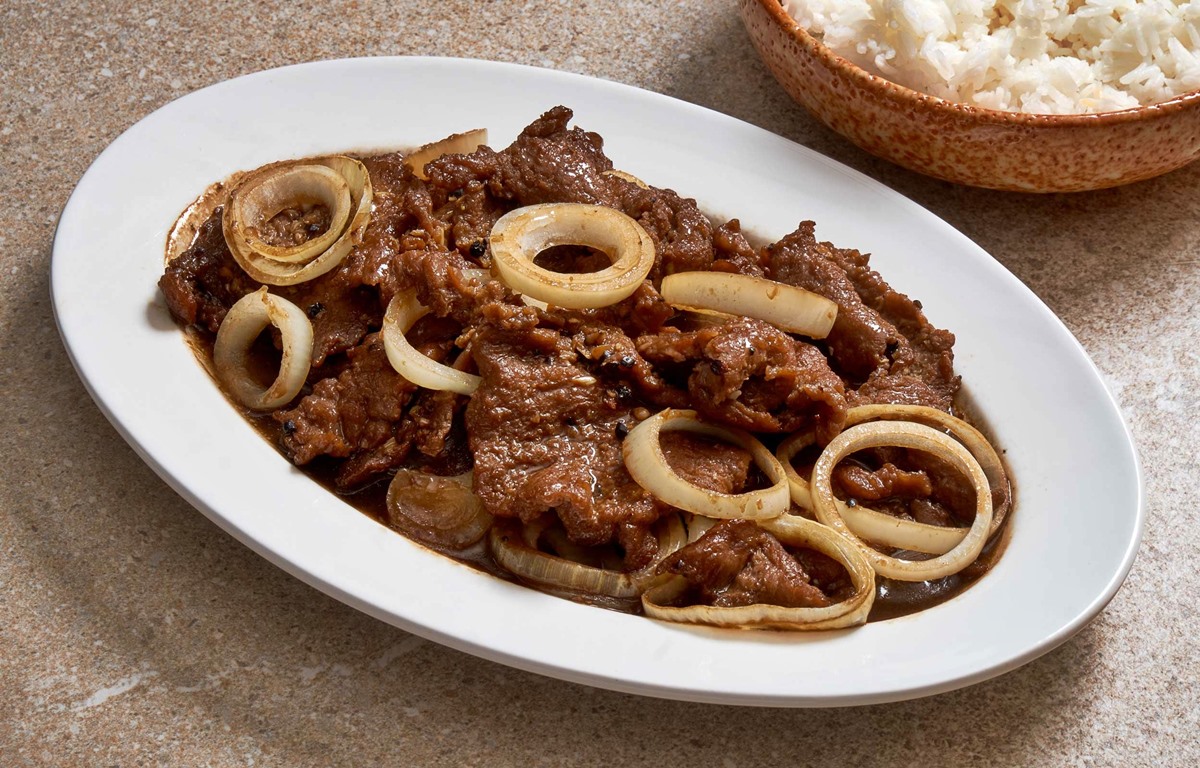Discover the Art of Stove-Top Vegetable Cooking
Vegetables are not just a colorful addition to your plate; they are packed with essential vitamins, minerals, and fiber that contribute to your overall health. While there are various ways to cook vegetables, one method that stands out is cooking them on the stove. This stovetop cooking technique allows you to retain the vibrant colors, flavors, and nutrients of the vegetables. Let’s dive into the art of stove-top vegetable cooking and explore some easy and delicious recipes.
Benefits of Stove-Top Vegetable Cooking
When it comes to cooking vegetables, the stove-top method offers several advantages:
- Retained Nutrients: Stove-top cooking helps to preserve the vitamins and minerals found in vegetables, ensuring you get the maximum nutritional benefits.
- Faster Cooking Time: Cooking vegetables on the stove is often quicker than other methods such as baking or roasting, making it a convenient option for busy individuals.
- Enhanced Flavors: Sautéing or stir-frying vegetables on the stove allows them to develop rich and delicious flavors, complementing various dishes.
- Versatility: Whether you are using a skillet, pan, or wok, stove-top cooking gives you the flexibility to prepare a wide range of vegetables.
Top Tips for Stove-Top Vegetable Cooking
Before we jump into some delectable stove-top vegetable recipes, here are a few essential tips to keep in mind:
- Choose Fresh Vegetables: Opt for fresh, firm, and vibrant vegetables for the best results. This ensures that the flavors are at their peak and the veggies cook evenly.
- Preparation is Key: Wash and chop the vegetables before you start cooking. This saves time and ensures that the vegetables are ready to be added to the hot pan.
- Control the Heat: Adjust the heat to low, medium, or high based on the vegetables being cooked. Delicate veggies may require gentle heat, while sturdier ones can handle higher temperatures.
- Add Flavorful Ingredients: Enhance the taste of your vegetables by incorporating aromatic ingredients like garlic, onions, herbs, or spices.
- Stir Constantly: Keep the vegetables moving in the pan to prevent them from sticking and ensure even cooking.
- Experiment with Seasonings: Don’t be afraid to get creative with seasonings and sauces to add an extra layer of flavor to your vegetables.
Delicious Stove-Top Vegetable Recipes to Try
Now that you have a solid foundation, here are a couple of mouthwatering stove-top vegetable recipes to ignite your culinary imagination:
1. Sautéed Garlic Green Beans
This quick and simple recipe brings out the natural sweetness of green beans while infusing them with irresistible garlicky goodness.
Ingredients:
- 1 pound fresh green beans, ends trimmed
- 2 cloves garlic, minced
- 2 tablespoons olive oil
- Salt and pepper to taste
Instructions:
- Heat olive oil in a skillet over medium heat.
- Add minced garlic and sauté until fragrant.
- Toss in the green beans and season with salt and pepper.
- Sauté for 5-7 minutes until the beans are tender yet still slightly crisp.
- Serve hot and enjoy!
2. Spicy Stir-Fried Mixed Vegetables
This fiery stir-fry combines an array of colorful vegetables with a touch of heat, resulting in a satisfying and healthy dish.
Ingredients:
- 1 bell pepper, thinly sliced
- 1 zucchini, sliced
- 1 carrot, julienned
- 1 cup broccoli florets
- 2 tablespoons soy sauce
- 1 tablespoon sriracha sauce
- 1 tablespoon sesame oil
- 2 tablespoons vegetable oil
Instructions:
- Heat vegetable oil in a wok or large pan over medium-high heat.
- Add the sliced bell pepper, zucchini, carrot, and broccoli florets.
- Sauté for 3-4 minutes until the vegetables begin to soften.
- In a small bowl, whisk together soy sauce, sriracha sauce, and sesame oil.
- Pour the sauce over the vegetables and stir-fry for an additional 2-3 minutes, until the sauce coats the vegetables.
- Serve hot and savor the spicy medley of flavors!
These recipes are just a starting point. Feel free to experiment with different vegetables, seasonings, and cooking techniques on your stovetop. Enjoy the process of creating delicious and healthy dishes that showcase the natural flavors of your favorite vegetables!
For those looking to master cooking vegetables on the stove, there are plenty of recipes that make it easy and delicious. Readers can start with Sautéed Garlic Spinach for a quick and nutritious side dish. Lemon Garlic Asparagus adds a zesty twist to a classic vegetable. For a more hearty option, try Sautéed Brussels Sprouts with Bacon, which combines the robust flavors of Brussels sprouts and bacon. Another great choice is the Garlic Butter Baby Potatoes, offering a rich and satisfying taste. Lastly, the Sautéed Bell Peppers and Onions is perfect for adding color and flavor to any meal. These recipes are simple yet flavorful, making them perfect for anyone looking to improve their stovetop vegetable cooking skills.
Was this page helpful?
Read Next: How To Cook Prawns In Shell
